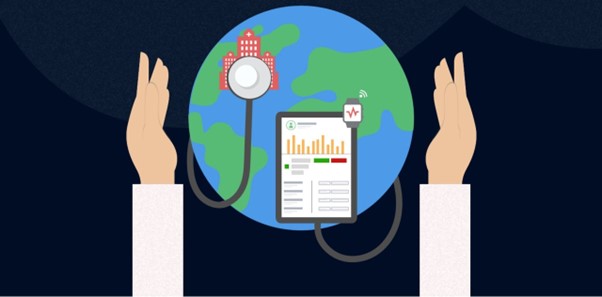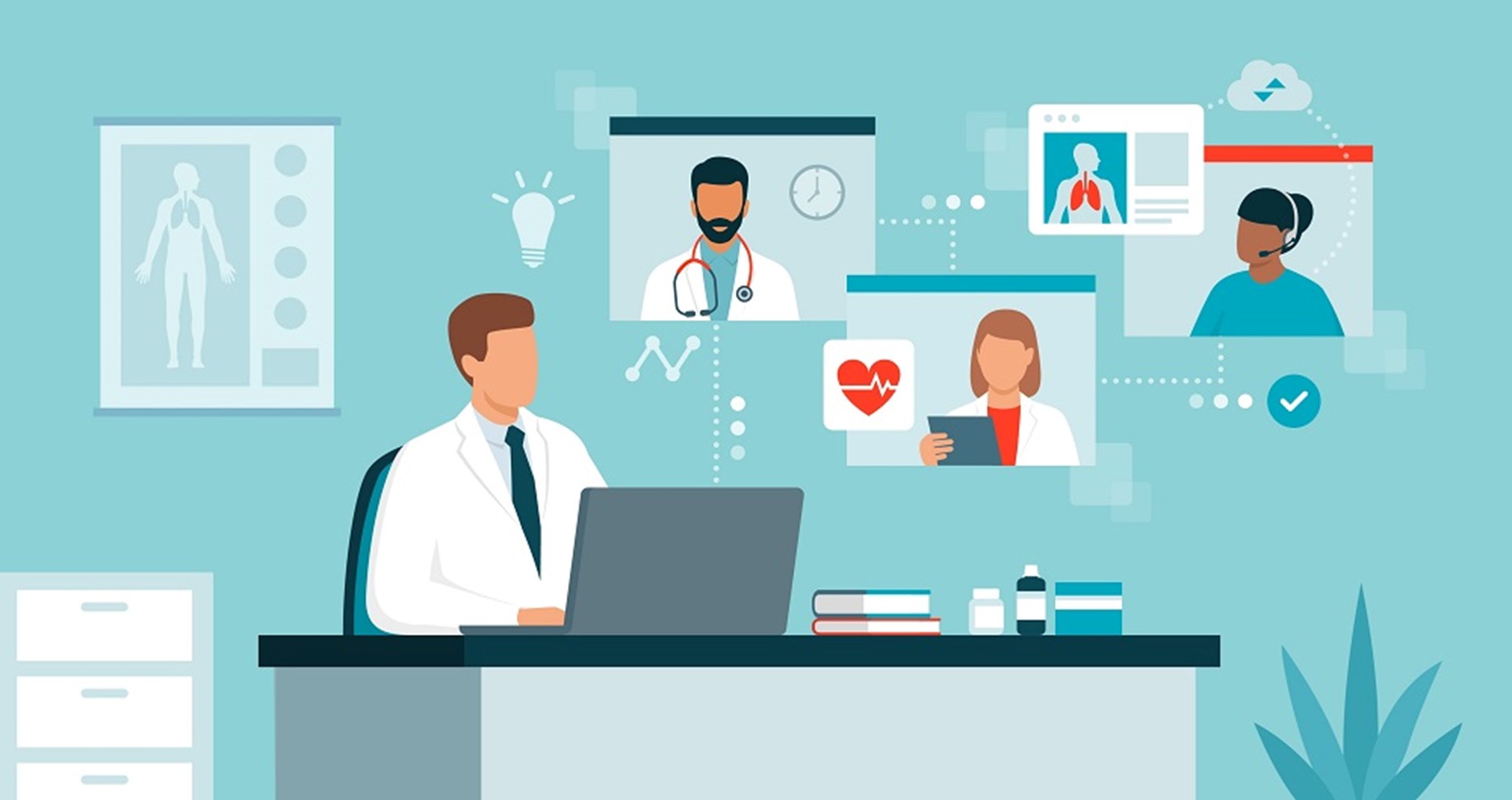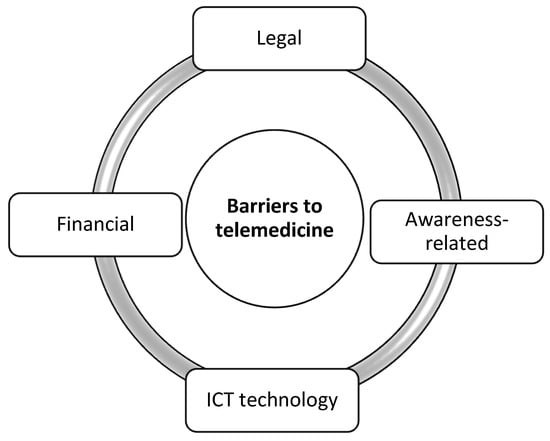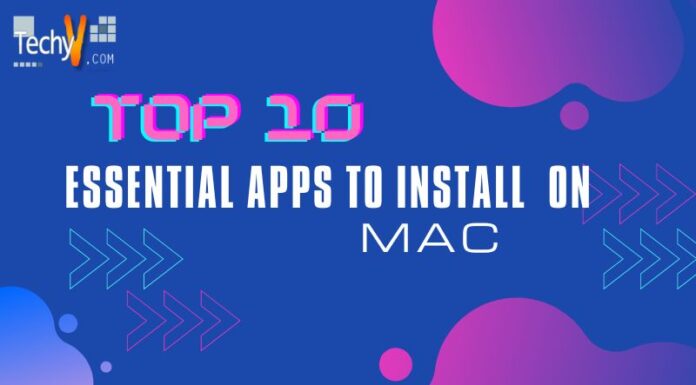A new business strategy for the healthcare sector is telemedicine—however, predictions about its emergence and growth date back approximately 100 years. Hugo Gernsback, a pioneer of radio and publishing, predicted in a daring article he wrote in 1925 that technology would one day allow doctors to confer with their patients remotely using a screen and robot arms.
1. Do Market Research
Any solution must first go through a thorough market research phase. First, this is one of the fundamental principles of the LEAN methodology, which requires you to learn, test, measure, and invest over time. Second, this is a chance to understand the market you will enter and begin formulating ideas to make your telemedicine application stand out and be in high demand among potential consumers.

2. Construct A Value Proposition
Your app must perfectly pair the customers’ pain points with their only chance to be solved by it due to the study you did on them earlier. Use user input and competitor analysis as your guides for developing such a value. Feel free to suggest unconventional solutions, as they frequently have great promise.

3. List The MVP’s Must-Have Features In Brief
Make a list of the critical features that will fuel your Minimum Viable Product. These are typically the core features that enable user interaction with the program, plus something special and value-oriented.

4. Consider The UI And Design
In our acturience developing telemedicine solutions, many of the apps for this market have overly complex designs and unintuitive user interfaces. However, each UI and design component for on-demand applications should instantly support the delivery of value. At this point, try your best to recommend design and user interface (UI) improvements that will make using the app seamless, efficient, and outstanding all at once.

5. Work With A Development Vendor
Make sure to consider the development firms with specific expertise in producing mobile applications for the healthcare industry. By making a wise decision in the development provider, you’ll be able to harness their expertise, best practices, and knowledge when developing your solution, saving time and money by avoiding costly errors.

6. Develop And Evaluate Your MVP
Once the preliminary procedures have been completed, the development process’s technical and most intriguing phase may start. You will need to create the initial MVP at this time with the aid of your development vendor. Only the core aspects of this demo solution have been tested with actual users. Since the only practical approach to match your product with consumers’ expectations and satisfy market demand is to develop what they have requested, the input you receive from them has the potential to be very valuable to your organization.

7. Get Feedback And Make Improvements
You got it right: Prioritize their suggestions and gradually integrate them after examining the insights your users gave throughout the MVP testing stage.

8. Add Sophisticated Features
In more detail, we’ll outline some tips for creating a telemedicine app below. You are invited to consider these as you develop your project, add some details, validate, and add new features to your program.

9. Maintain Your Attention On Security And Compliance
One of the most important considerations when developing a solution for the healthcare sector is this. Making the safety of medical data a top priority is always the right move because this information is susceptible and valuable on the black market. One of the critical legal papers you must abide by is the Health Insurance Portability and Accountability Act (HIPAA). It defines standards for data protection and management in the healthcare industry.

10. Expand And Scale
This is the last but not the only stage of creating your telemedicine solution. During the growth stage, you still need to pay attention to your users’ feedback, keep track of how they use your app, identify any patterns in their behavior, and seek methods to make both sets of users happier. From a technical standpoint, you will need to support and maintain your solution to ensure it operates smoothly and safely.



















